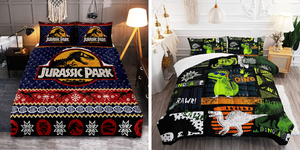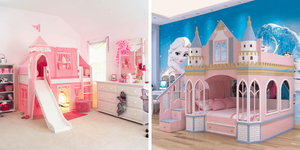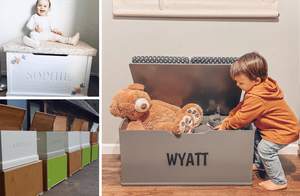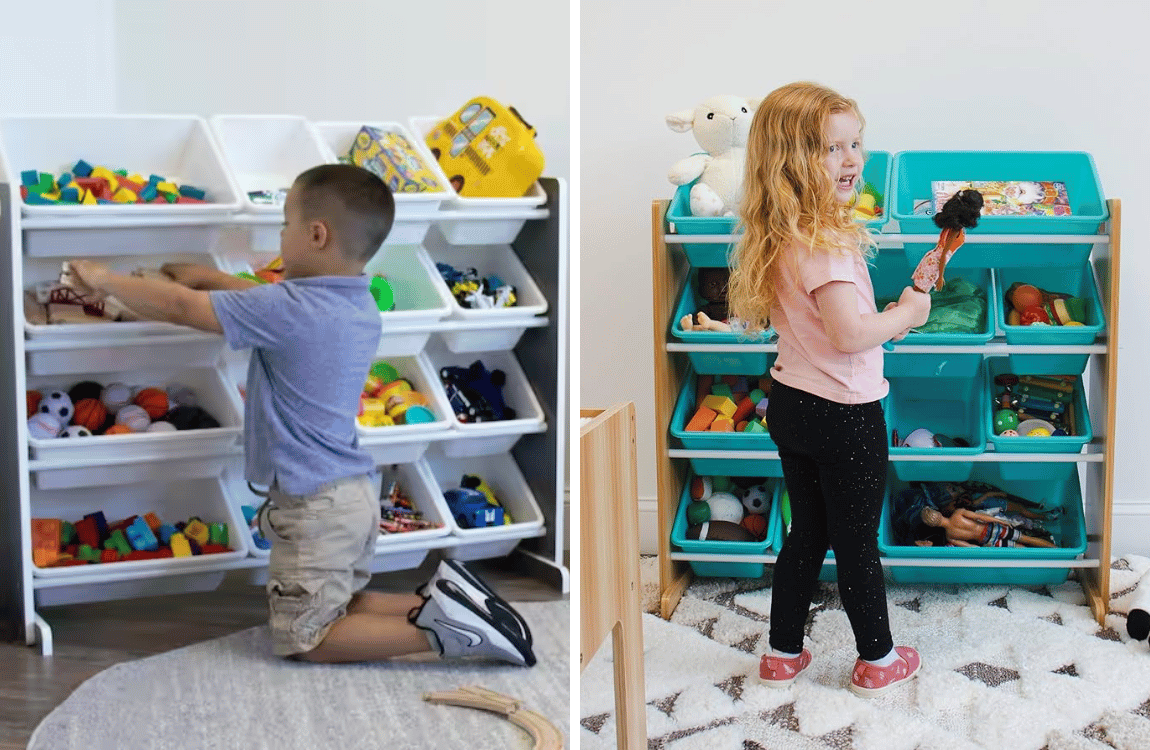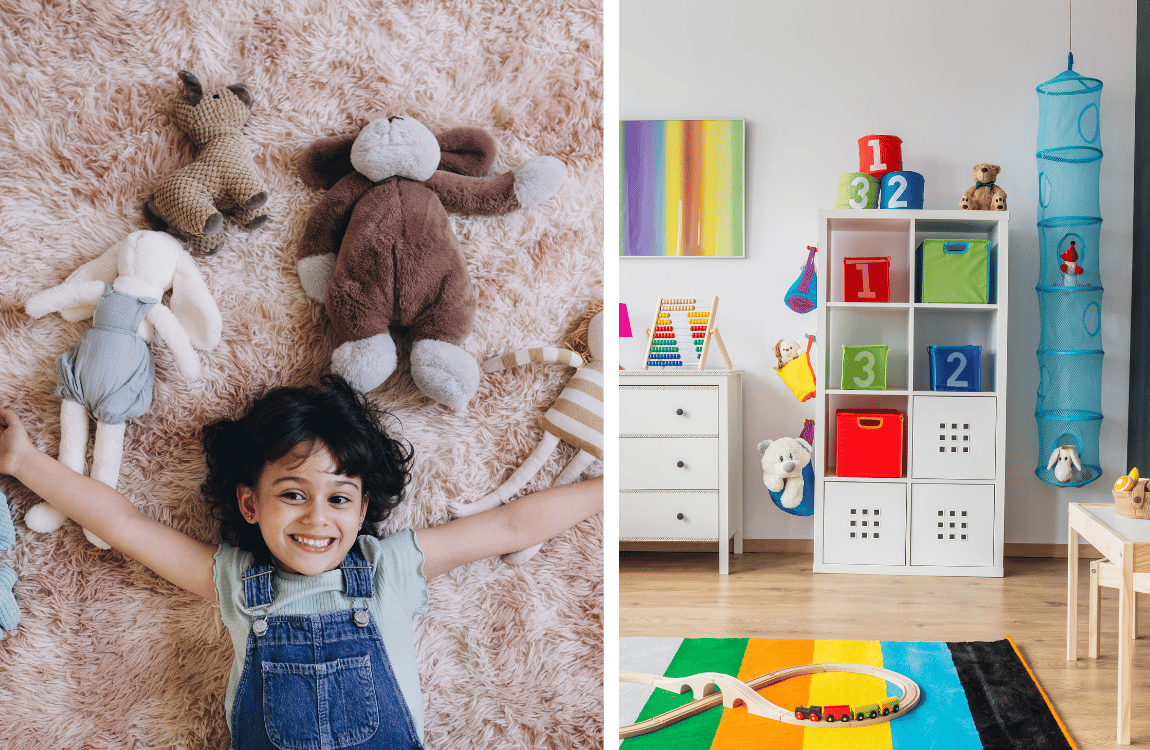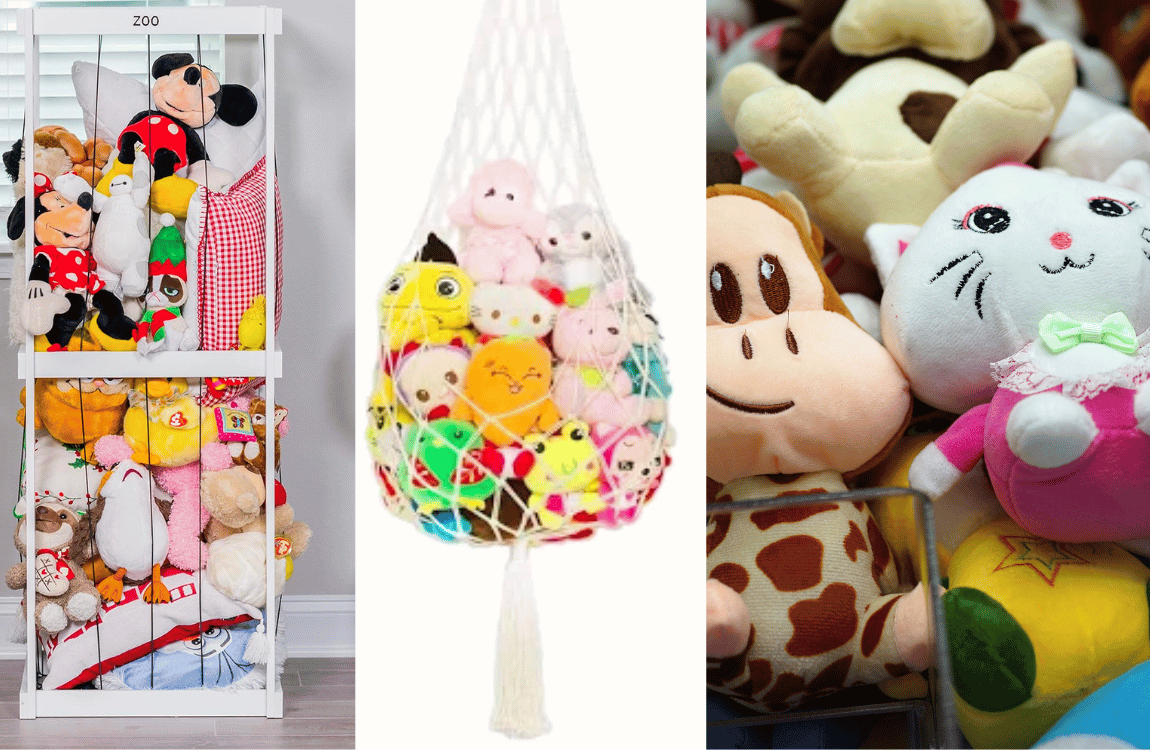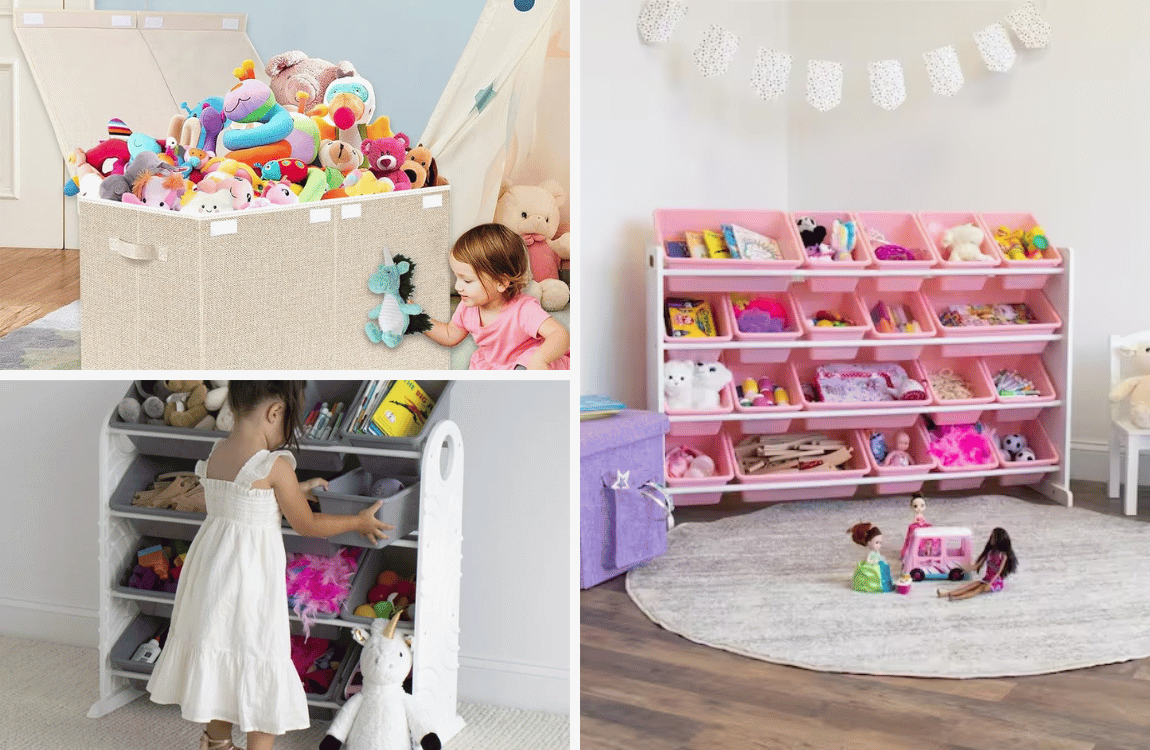Balance bikes have revolutionized how young kids learn to ride. A balance bike, also known as a running bike or a push bike, is a pedal-less bike designed to help children develop their balance and coordination. Unlike the traditional balance bike with training wheels, balance bikes allow children to gradually gain control and confidence by using their feet to propel themselves forward.
The absence of pedals eliminates the need for training wheels, making it easier for kids to transition to a pedal bike later on. With a wide range of options available, choosing the best balance bike for your child is essential. Most balance bikes are suitable for kids as young as 18 months and provide a safe and fun way to master the skills needed for riding a pedal bike in the future.
Why is it Called A Balance Bike?
A balance bike is a training bicycle that assists children in learning balance and steering. It's called a "balance bike" because of the unique way it helps kids develop their balance skills before they start riding a traditional pedal bike. Unlike regular bicycles, balance bikes do not have pedals or training wheels. Instead, children sit on the bike and use their feet to push off the ground, propelling the bike forward. This method encourages them to learn how to keep their balance while moving.
The name "balance bike" reflects its purpose and design. The focus of this type of bike is to enhance the rider's balance and coordination, rather than pedaling.

It's all about learning to balance on two wheels, which can be a challenging task for young children. The balance bike enables kids to concentrate solely on balancing without the additional complexity of pedals or the reliance on training wheels.
Once they've mastered balancing, transitioning to a pedal bike becomes much easier and more natural. Hence, the term "balance bike" perfectly encapsulates the learning process and goal of this type of bicycle.
Reason For Choosing Balance Bikes

Parents may often wonder why balance bikes are a preferred choice over other types of bikes. To clear this confusion, we've listed the reasons for choosing balance bikes:
Consideration in Looking For a Kid's Bike

Size
Considering the size of a balance bike is critical when shopping for one, especially if you're seeking a budget-friendly option for early riders. The size of a balance bike is directly related to its wheel size and seat height, both of which play an integral role in determining how comfortable and safe it is for a child to ride.
A bike that is too large or small can be difficult for a child to control, potentially leading to accidents and discouraging them from riding.
Most balance bikes have wheel sizes ranging from 10" to 16", with 12" being the most common. The seat height should ideally be adjustable to accommodate your child's growth. For early riders, the seat height should be 1"-1.5" less than the child's inseam, allowing them to touch the ground with their feet comfortably. This enables them to push off the ground for momentum, stop safely, and maintain balance, which are all key skills in riding a balanced bike. Finding a balance bike with the right size specifications is essential to ensure a smooth and enjoyable learning experience for your child
Money
Knowing your budget is important, as it helps you find a bike that is affordable yet meets all the necessary specifications you need to ensure a safe and enjoyable riding experience for your child. The cost of balance bikes can vary widely based on factors such as brand, materials used, and additional features.
A well-constructed balance bike with the right size specifications (wheel size and adjustable seat height) can provide a more comfortable ride, making it easier for early riders to learn the key skills of balance and coordination. Additionally, starting a toddler on a balance bike early can have significant long-term benefits, including a smoother transition to pedal bikes and improved motor skills. Therefore, even with a limited budget, it's crucial to prioritize the size and adjustability of the balance bike to ensure it grows with your child and offers a safe, comfortable ride.
Weight
The weight of a balance bike is a significant factor to consider when shopping for one, as it directly impacts the ease of riding and the overall balance bike journey. Ideally, a balance bike should be light enough for your child to handle easily, but sturdy enough to provide a stable ride. With wooden balance bikes, which are often lighter than their metal counterparts, it's particularly important to check the weight specifications.
On the other hand, a bike that's too light may not offer the stability needed, especially for beginners.
As a general rule, the bike should not weigh more than 30% of the child's weight. Ensuring the right weight specification will make the process of riding a balance bike smoother, and more enjoyable, and ultimately contribute to a successful balanced bike journey.
Design
The design of a balance bike plays a pivotal role in the overall journey. A well-designed bike can significantly enhance the learning experience, making it easier for children to master the skills of balance and coordination. The design encompasses several aspects, including the frame material, handlebar shape, tire type, and additional features like footrests or hand brakes.
For instance, a balance bike with a low standover height and step-through design can make it easier for young riders to get on and off the bike independently.
Similarly, handlebars that are turned slightly upwards can encourage a more upright riding posture, which is beneficial for balance and control. Bikes with air-filled tires offer better traction and cushioning, improving ride comfort and safety.
Additional features like footrests can also facilitate the transition to pedal bikes by teaching kids to lift their feet and balance. Therefore, considering the design specifications when selecting a balance bike is crucial to ensuring a successful and enjoyable balance bike journey.
Durability
Durability is a key factor to consider when choosing a balance bike, particularly given that these bikes serve as the initial training wheels for children learning to ride. A durable bike can withstand the inevitable bumps and falls that come with the learning process, providing a safe and reliable ride for your child. This is especially important for wooden balance bikes, which while aesthetically pleasing and eco-friendly, may not be as robust as their metal counterparts.
Therefore, when considering a wooden balance bike, it's crucial to ensure the wood used is high-quality and treated to resist elements like moisture and UV rays that could cause damage over time.
A more durable balance bike can potentially serve multiple children or be resold when no longer needed, offering better value for money in the long run. Thus, considering durability alongside other specifications like size, weight, and design can ensure your child has a safe and enjoyable learning experience on their balance bike.
Wheels
When shopping for a balance bike, considering the wheels is crucial as they significantly impact the ride quality and overall experience of using a balance bike. According to multiple sources, balance bikes typically weigh between 6 to 9 pounds, and a considerable portion of this weight comes from the wheels. The size and type of wheels can affect the stability of the bike, the ease of maneuvering, and the types of terrain the bike can handle.
Smaller wheels, usually 12 inches in diameter, are common in most traditional balance bikes and are suitable for younger riders due to their lower height and lighter weight. Larger wheels may provide a smoother ride over rough surfaces. The material of the wheels also matters: plastic wheels are lighter and more affordable but may not provide as much traction or durability as air-filled or foam tires. Therefore, when choosing a balance bike, it's essential to consider the wheels' specifications to ensure a safe and enjoyable ride for your child.
How Does a Balance Bike Work?

A balance bicycle is a specially designed bike that helps children learn to balance and steer without the added complexity of pedaling. How it works is simple:
- A child sits on the bike with their feet flat on the ground.
- They push off and allow momentum to carry them forward.
- As they glide, they learn to balance by shifting their body weight and using their feet to stabilize themselves.
This hands-on experience allows them to intuitively understand the dynamics of balancing a two-wheeler. Balance bikes can be used in various settings, including bike parks, where kids can practice their skills on different terrains, enhancing their agility and confidence.
Tips for Choosing The Best Balance Bikes

Consider the Bike's Weight: A good rule of thumb is that a balanced bike should not weigh more than 30% of your child's weight. A lighter bike is easier for your child to handle and maneuver, making the learning process smoother and more enjoyable. Look for bikes with frames made from lightweight materials like aluminum.
Check the Seat Height: The seat height of the balance bike should be 1" to 1.5" less than your child's inseam. This allows your child to have a slight bend in their knees and plant their feet flat on the ground when seated, which is crucial for balancing.
Examine the Tires: The type of tire affects the ride's smoothness and the bike's overall weight. Air tires offer better traction and cushioning, while foam or plastic tires are puncture-proof but provide less traction. Choose based on where your child will primarily be riding.
Look for Adjustable Features: Kids grow quickly, so it's beneficial to choose a bike with adjustable seat and handlebar heights. This ensures the bike can grow with your child, providing a better fit and more comfortable ride as they mature.
Types Of Balance Bikes
Our Top Choice and my son's personal favorite!
- Chillafish BMXie- Balance Bike: A BMX-inspired balance bike with a removable footrest and adjustable seat height. Perfect for ages 2 - 5 years old. Chillafish have models suitable for all ages from 18 months.

Here's some more choices for you.
- Strider Bikes: Designed for children from 18 months to 5 years old, known for its adjustable seat and handlebars.
- Cruzee UltraLite Balance Bike: This lightweight balance bike is easy for toddlers to control and maneuver.
- Banwood First Go! Balance Bike: A vintage-styled balance bike with a detachable wicker basket for added fun.
- Yedoo TooToo Balance Bike: Known for its high-quality components and V-brakes.
- Joystar 10/12 Inch Kids Balance Bike: Features adjustable handlebars and seat height, making it a great choice for growing kids.
- KaZAM v2e No Pedal Balance Bike: Unique patented footrest design helps children find their center of gravity.
- Radio Flyer Glide & Go Balance Bike: Comes with a ringing bell and an adjustable seat, making it a fun and customizable ride for kids.
- GOMO Balance Bike: This bike offers a sturdy steel frame with a low step-through design that's easy for younger kids to use.
- Woom 1 Balance Bike: Known for its premium build quality and lightweight design, this bike also features a brake for advanced learning.
When comparing balance bikes, there are many factors to consider such as the bike's weight, tire type, adjustability of the seat and handlebars, and the child's age and size.
Conclusion
They distinguish themselves from traditional bikes by lacking pedals, instead relying on a child's leg power for motion. A lightweight bike is typically easier for very young kids to manage, offering them the opportunity to focus on honing their balance and coordination skills before stepping up to pedal bikes. They are engineered for riders as young as 1 year old, providing a safe and fun way for children to learn biking skills.
Balance bikes not only offer an enjoyable activity for children but also encourage physical exercise and outdoor play. They serve as an excellent tool for kids to interact with other kids, promoting social skills in addition to physical development. All in all, balance bikes are an invaluable stepping stone in a child's journey towards riding a traditional bicycle, fostering balance, coordination, and confidence from a very early age.
More Balance Bike Know How




Frequently Asked Questions
How long do you have to stay on a balance bike?
There's no set time for using a balance bike. Kids typically ride them until they're ready to transition to a pedal bike, usually around ages 3-6.
Why are balance bikes important?
Balance bikes are important as they help kids learn balance and coordination, crucial skills for riding a traditional pedal bike later on.
How should a balanced bike fit?
Balanced bikes should fit such that when seated, the child's feet are flat on the ground and knees slightly bent for comfortable gliding.
When can you start using a balance bike?
Kids can start using a balance bike as early as 18 months old, but it largely depends on their motor skills and comfort level.


